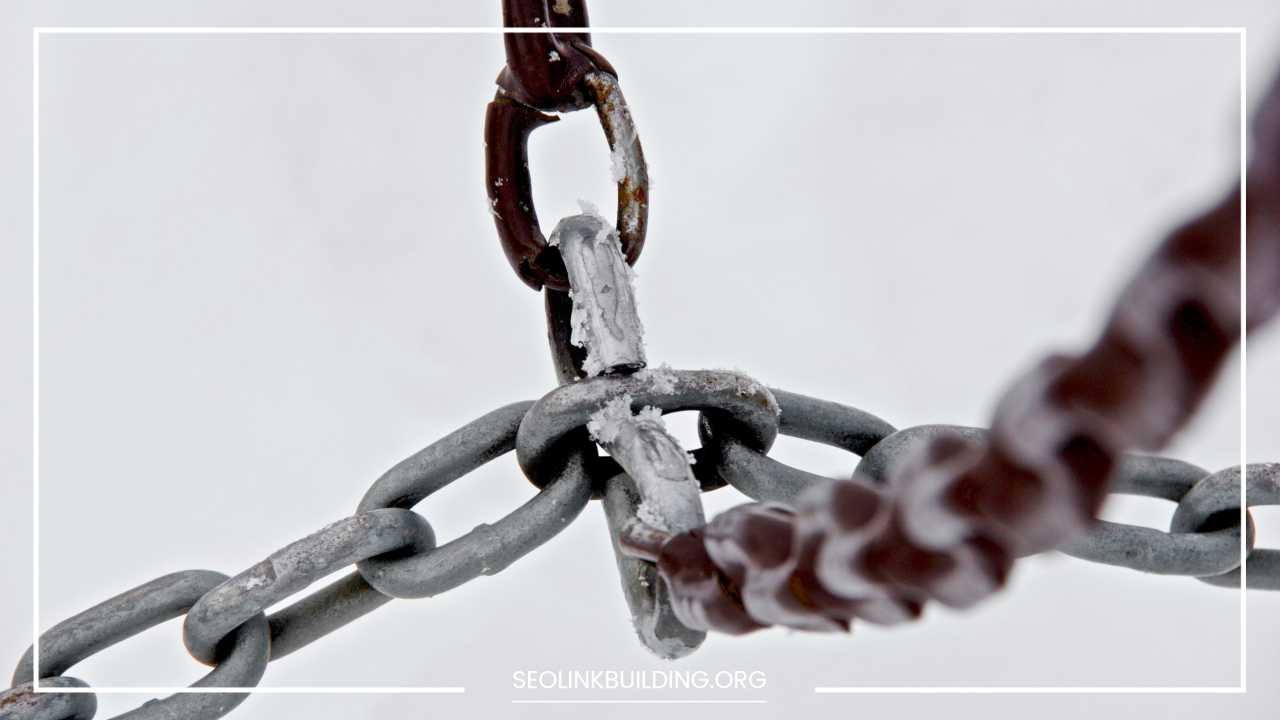Nofollow vs. Follow Links: Everything You Need to Know

Nofollow vs. Follow Links
In the intricate world of search engine optimization (SEO), understanding the nuances of different types of links is crucial for enhancing your website’s visibility and ranking.
Two primary categories of links that play a pivotal role in SEO are nofollow and follow links. These terms refer to the attributes assigned to hyperlinks, influencing how search engines perceive and evaluate them.
In this comprehensive article, we will delve into the distinctions between nofollow and follow links, their significance in SEO strategies, and how to effectively use them to optimize your online presence.
Understanding Nofollow and Follow Links:
- Nofollow Links:
Nofollow links are HTML attributes that signal to search engines not to pass any authority or “link juice” from the source to the destination.
Introduced by major search engines, including Google, in 2005, the nofollow attribute was initially designed to combat spammy link practices.
Websites were encouraged to use nofollow links for untrusted content or paid links, preventing them from influencing search engine rankings.
Nofollow links are denoted in the HTML code by the rel=”nofollow” attribute. When a search engine encounters this attribute, it understands that the link should not contribute to the target page’s ranking.
Nofollow links are commonly found in user-generated content, comments sections, and advertisements, where there is a need to control the flow of link authority.
While nofollow links don’t pass link juice, they still offer other benefits. They can drive traffic to your site, enhance brand visibility, and provide value to users without impacting your SEO negatively.
- Follow Links:
Follow links, also known as dofollow links, are the default type of links that pass authority from the source to the destination.
When a web page links to another without using the nofollow attribute, it is considered a follow link. These links contribute to the target page’s SEO by passing on link equity, helping to improve its search engine rankings.
The SEO Significance of Nofollow and Follow Links:
- Link Equity and PageRank:
Follow links are the primary drivers of link equity, also known as PageRank. When authoritative websites link to your content with follow links, they essentially vouch for the quality and relevance of your content, contributing to the overall authority of your website.
Nofollow links, on the other hand, don’t pass link equity. While they won’t directly impact your PageRank, they can still contribute to a diverse and natural link profile.
- Spam Prevention:
Nofollow links play a crucial role in preventing spam. By using the nofollow attribute in user-generated content, comments, and other potentially spammy areas, website owners can mitigate the risk of being associated with low-quality links.
This practice aligns with search engines’ efforts to ensure that only high-quality, relevant content influences search rankings.
- User Engagement and Traffic:
Both nofollow and follow links can drive valuable traffic to your website. While follow links contribute to SEO efforts, nofollow links can still attract users who may find your content through forums, social media, or other online platforms.
A well-rounded link strategy includes a mix of both follow and nofollow links to maximize visibility and engagement.
Effective Strategies for Using Nofollow and Follow Links:
- Balanced Link Profile:
A successful SEO strategy involves maintaining a balanced link profile. While follow links are essential for building authority, incorporating nofollow links in user-generated content and external partnerships helps ensure a diverse and natural link profile.
- Strategic Use of Nofollow Links:
Strategically using nofollow links can enhance your website’s credibility. Reserve nofollow links for user-generated content, untrusted sources, or paid promotions, signaling to search engines that you are mindful of the quality and intent behind your links.
- Guest Posting and Link Building:
Guest posting on reputable websites allows you to acquire high-quality follow links, contributing to your site’s authority.
However, when engaging in link-building activities, it’s essential to use a balanced approach and include both follow and nofollow links to maintain a natural link profile.
- Internal Linking Structure:
In addition to external links, the internal linking structure of your website plays a crucial role in SEO. While internal links are typically follow links, using nofollow links strategically within your website can help sculpt the flow of link equity and guide search engines to prioritize specific pages.
- Nofollow Links for User-Generated Content:
User-generated content, such as comments on blog posts or forum discussions, often contains links. Implementing nofollow attributes in these areas helps prevent spam and ensures that your website’s credibility is not compromised by potentially low-quality or irrelevant links.
Final Remarks:
In the ever-evolving landscape of SEO, understanding the dynamics between nofollow and follow links is crucial for optimizing your website’s performance in search engine rankings.
While follow links contribute directly to link equity and PageRank, nofollow links play a vital role in spam prevention and maintaining a diverse link profile.
Striking the right balance between these two types of links and implementing a strategic approach to their use can significantly impact your website’s visibility, credibility, and overall success in the digital realm.
As you navigate the complexities of SEO, remember that a well-thought-out link strategy is a key pillar of a robust online presence.
Whether you are building external links through guest posting or managing internal links within your website, the careful consideration of nofollow and follow attributes will empower you to create a comprehensive and effective SEO strategy that stands the test of time.













